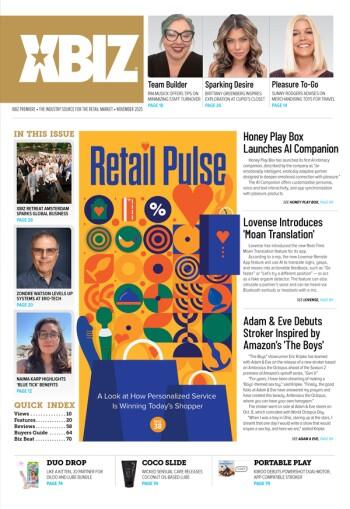While the early days of the adult Internet were littered by seat-of-the-pants attempts at website production, today’s finicky audiences demand a higher standard; requiring at least the most basic of user testing as well as developer evaluations prior to user testing, in order for any acceptable level of excellence to be achieved.
Hailing from Helsinki, Finland, Userium (www.userium.com) is a simple, printable checklist that allows webmasters to catch common usability problems before user testing — presenting a variety of considerations across categories including the user experience, homepage factors, accessibility, navigation, search, links, layout, process, forms and the site’s content. It also serves as a crash course in elementary webmastering.
Hailing from Helsinki, Finland, Userium is a simple, printable checklist that allows webmasters to catch common usability problems before user testing.
For example, Userium’s “user experience” considerations includes using personalized features such as currency, language, country specific deals, taxes, or delivery options that are changed based upon the user’s location but not using geo-IP based techniques without a user’s permission. Other considerations include the ways that registering provides value to users so that unnecessary registrations are avoided. Transparent pricing, plus avoiding automatic page refreshes, the need for sample content, credibility, along with uncluttered product and service information, are also examined.
Homepage considerations involve having a clear call to action, making a good first impression, showing logged in user’s names instead of generic greetings and announcing major site changes and updates on the homepage, as well as listing company location and contact information, and posting a link to your terms and a privacy policy. Using relevant and meaningful images and videos, including high-quality screenshots, and having URL redirection in place where sites work with or without the “www,” is also recommended.
Accessibility features such as “alt” attributes for non-text elements and transcriptions for video clips, the need to not rely on color alone to convey information, the necessity of content that is readable even if the style sheet is not present, and the ability to navigate a site without using a mouse, while avoiding Flash video and having easily clickable links, buttons and checkboxes, also make the grade.
Userium also includes navigational action items such as ensuring that important links are not placed in moving features such as rotating carousels and accordions.
Offering a search bar on larger sites, available on every page, not just the homepage; as well as displaying important commands such as “Buy” or “Pay” as a button, not a link, is recommended — as is displaying your most important content first.
Consistent, responsive designs using uncluttered pages with enough white space to support easy scanning, as well as employing mechanisms for responding to user problems and requests, is covered; as are ways of analyzing the impact and cost of these changes.
Form simplicity is underscored, as is the need to avoid long dropdown menus while adding support for flexible data input and browser’s autofill feature. Form confirmation pages and custom error messages shown next to the input field, are also a consideration.
A bibliography as well as subsection link-outs to external information provide a guide for further reading for those who may be unfamiliar with certain concepts, or who need a bit of additional information to make better decisions, rounding out the large value of this small checklist.







